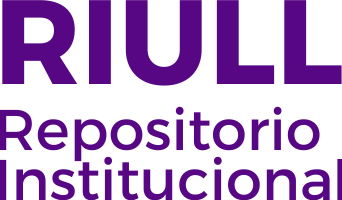Poly(ionic liquid)-based hydrogel for emerging pollutant removal and controlled drug delivery
Date
2024Abstract
In this study, we report the synthesis and characterization of a set of poly(ionic liquid) (PIL)-based gel membranes formed by the reaction of poly(4-vinylpyridine) (P4VPy) with a terminal dibrominated poly(ethylene glycol) (PEG), which led to the formation of quaternized pyridines as cross-linking joints. First, for hydrogel synthesis, PEG terminal
hydroxyls were brominated and subsequently reacted with P4VPy, resulting in the formation of ionic liquid (IL)-like moieties within the hydrogel network. Modified PEG and PIL-based membranes were characterized by Nuclear Magnetic Resonance (NMR), Fourier-Transform Infrared (FT-IR), thermogravimetric analysis (TGA), and differential scanning calorimetry (DSC), as well as their swelling and adsorption properties. FT-IR spectroscopy confirmed the quaternization of the pyridine pendant groups of P4VPy by the appearance of a band at 1639 cm−1 due to the presence of pyridinium units. Thermal characterization revealed a decrease in the thermal stability of the membranes with respect to the starting materials, probably ascribed to the presence of charged species inside the cross-linked matrix. Furthermore, DSC characterization revealed that the P4VPy:PEG ratio and degree of cross-linking
strongly affected the amount of non-freezable water. Swelling experiments of the hydrogels revealed a swelling ratio value (% SW) near 297% after 2 h of hydration, showing remarkable recyclability over multiple hydration and drying cycles. Finally, sodium diclofenac (DCl) and methyl orange (MO) adsorption experiments revealed the remarkable ability of the hydrogels to remove pollutants from water, with qmax values of 166.7 and 218.8 mg/g, respectively. Finally, a hydrogel loaded with DCl was used as a model system for drug release experiments, in which the hydrogel was able to release almost 70% of DCl to the medium within 1 day of exposure. This process is controlled mainly by a polymer relaxation mechanism and influenced by the temperature of the experiment, showing great potential for reuse in further experiments and also as an interesting platform for controlled drug release.




